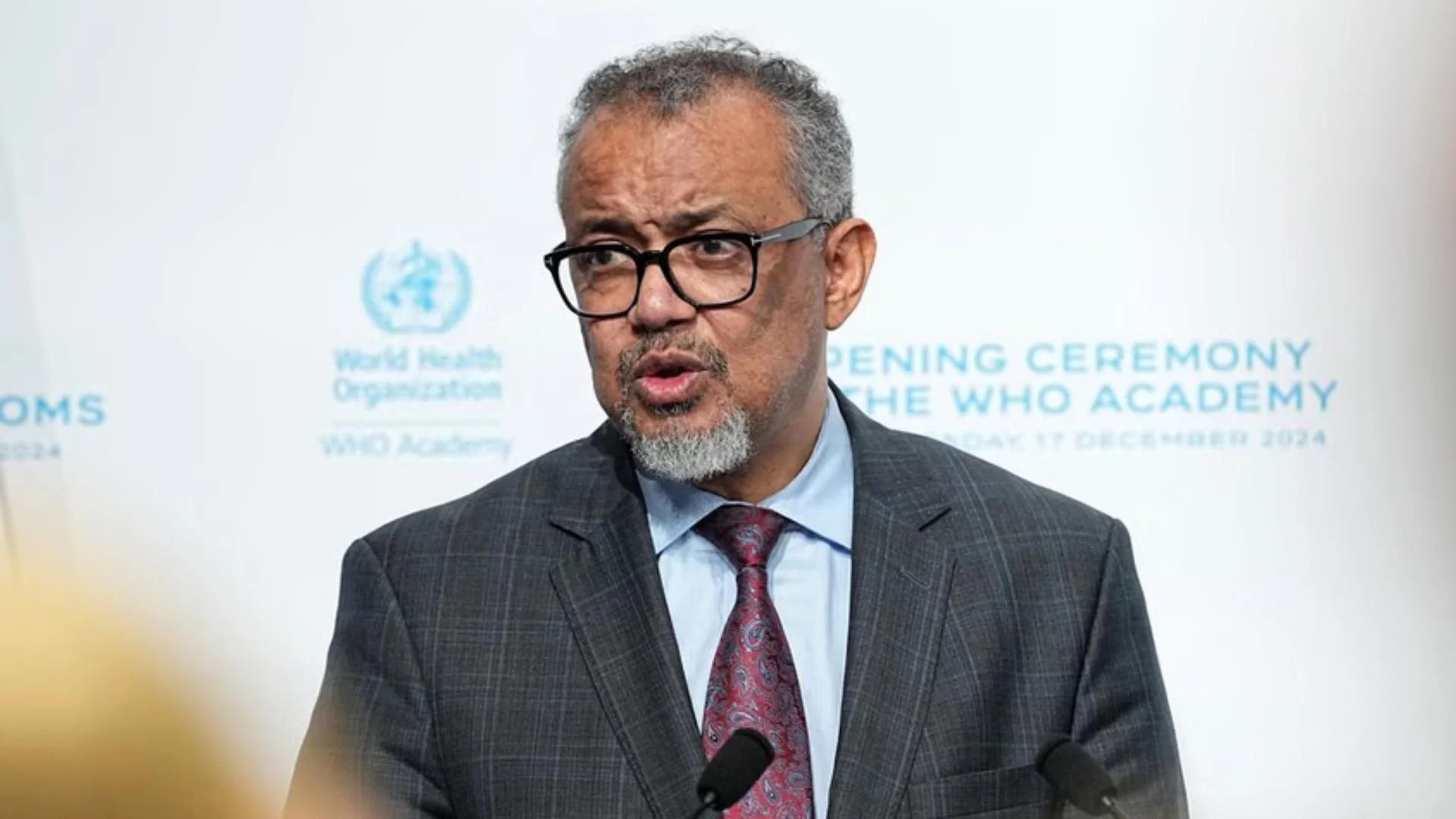The Brihanmumbai Municipal Corporation (BMC) on Thursday released its findings from the second Sero-survey conducted by the civic body along with the Tata Institute of Fundamental Research (TIFR) and NITI Aayog.
The Sero-survey has found that 45 per cent of the slum population surveyed, and 18 per cent in non-slum pockets, was exposed to coronavirus. The latest findings are different from the first survey in July, when 57 per cent people in slums and 16 per cent in non-slums were found exposed.
Those part of the survey said the decline in Sero prevalence — number of persons in a population who test positive for a specific disease — could be because an entirely different population was selected in the same wards where the first survey was undertaken.
The second round of survey covered 5,384 people from three wards: Matunga (F-North), Dahisar (Rnorth) and Chembur (M-West). Of 728 health care workers surveyed in slums, 27 per cent had developed antibodies against Covid-19.
The BMC said “People living in slums have more antibodies than those living in buildings.” According to the BMC, “Over 45 percent of slum population and 18 percent of non-slum population in three civic wards had developed antibodies to COVID-19.”
The first sero-survey estimated that over 57 percent of those living in slums and 16 percent living in nonslums have developed antibodies. Hence the second survey finding is in line with this, says the civic body.
“As a large cross-sectional survey in India, this study aimed to estimate sero-prevalence in the population based on random sampling methodology from the general population (slum and non-slum) and health care workers at two time points to infer epidemic spread,” the civic body said in a release.
“Sampling included people who may have been symptomatic and recovered or asymptomatic, without distinction and excluded those who were in institutionalized quarantine facilities,” BMC said, adding that “no sampling was done in active containment zones. “Around 1-2 percent of the samples belonged to those who had participated in both the rounds,” the civic body said. Meanwhile, the sero-prevalence among healthcare workers in both the rounds was 27 percent in four categories, including health posts, dispensaries, health office and programme field staff, the survey said.
“Although Sero-prevalence in women was marginally higher than men in both the rounds, age-wise prevalence was comparable in the first round in all the ages. However, in the second round, sero-prevalence in the age group above 40 was slightly higher,” the civic body said.
The Sero-positivity during the second round, coupled with the current number of cases being reported, “indicates there could be a reduction in the spread of infection in slum areas”.
The civic body also said that “Sero-prevalence observed among the health care workers working in slum areas was lower than in the slum population, and this could be due to “corona appropriate behavior”, including wearing masks and following hand hygiene.













